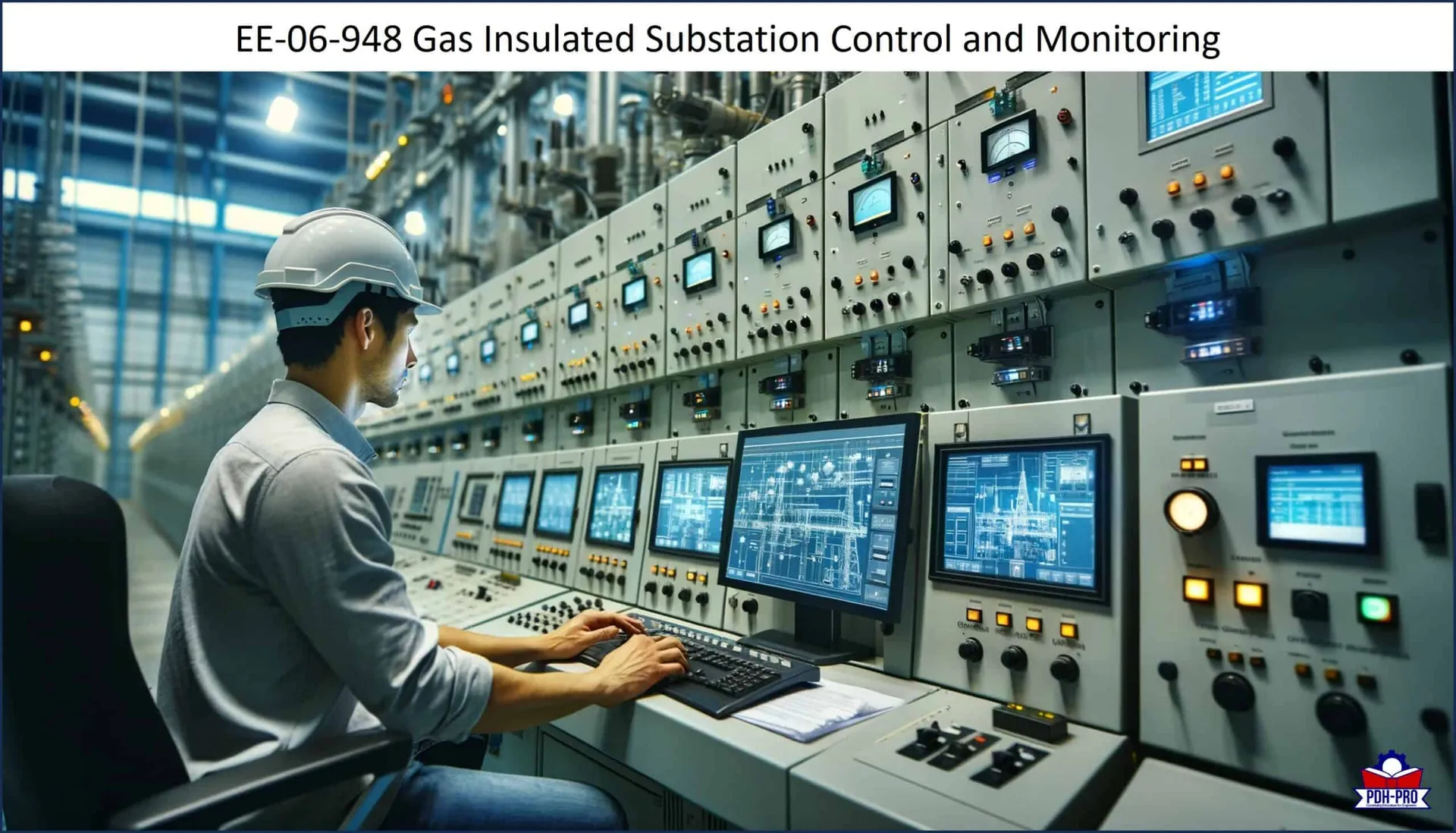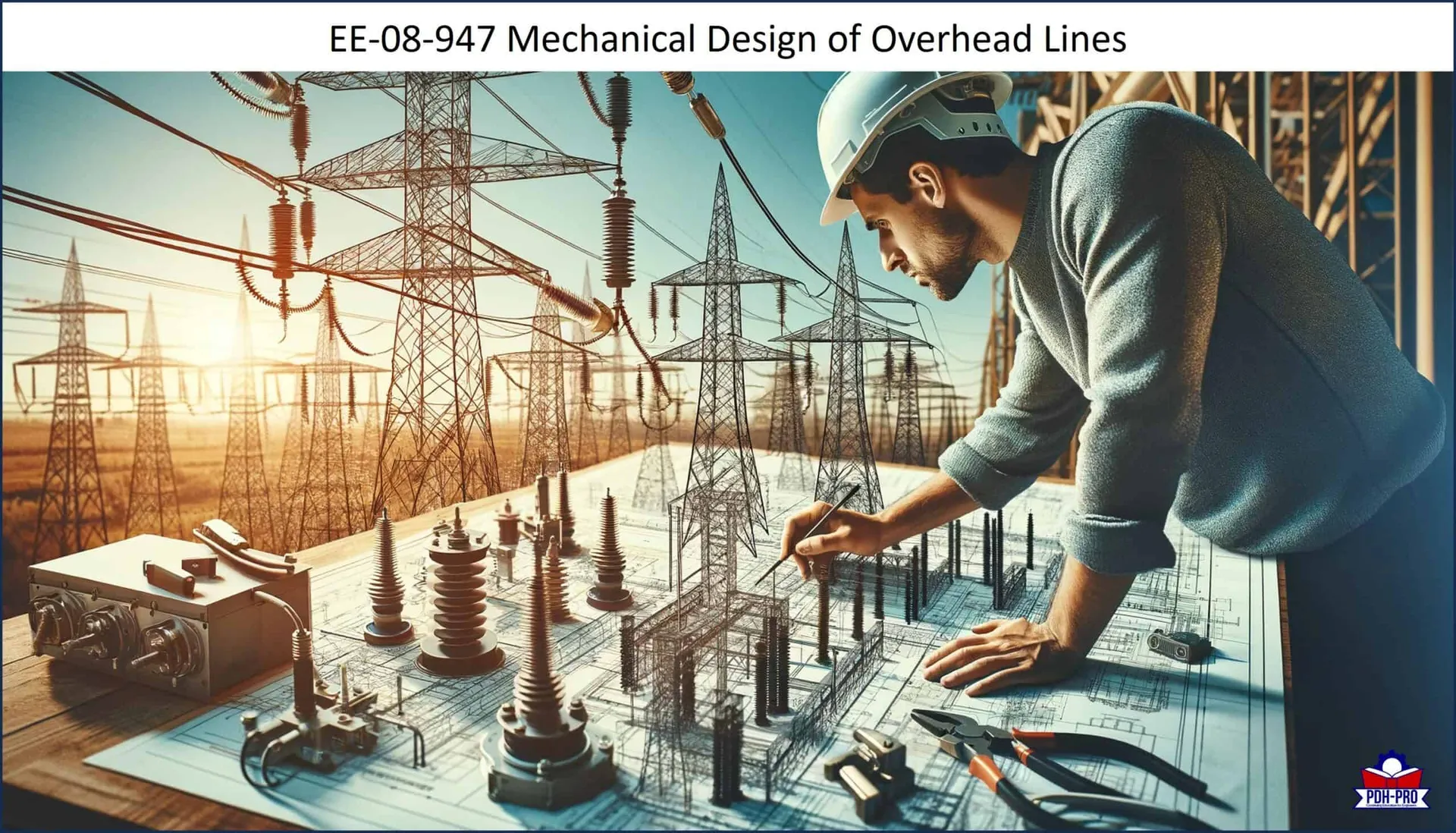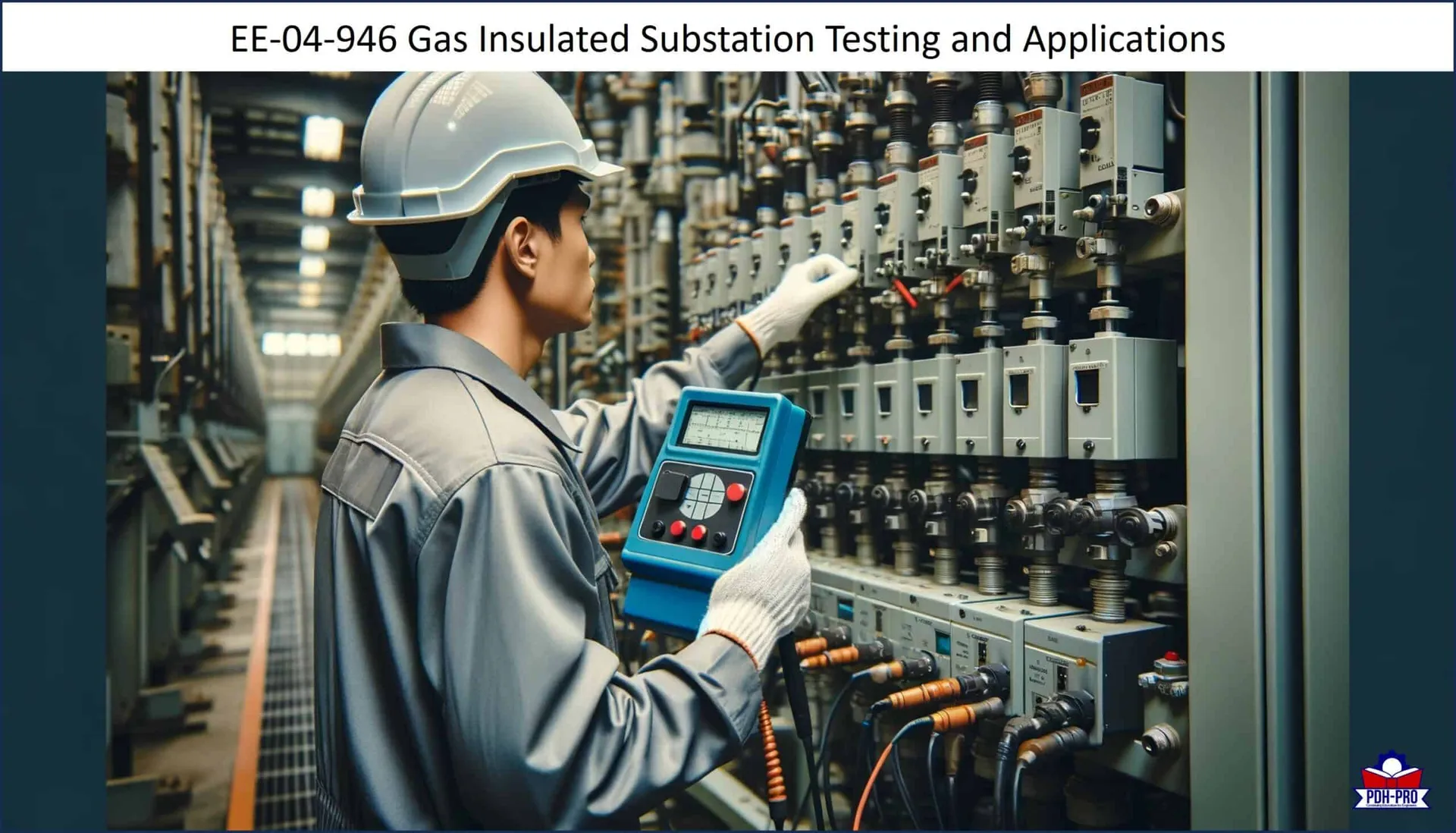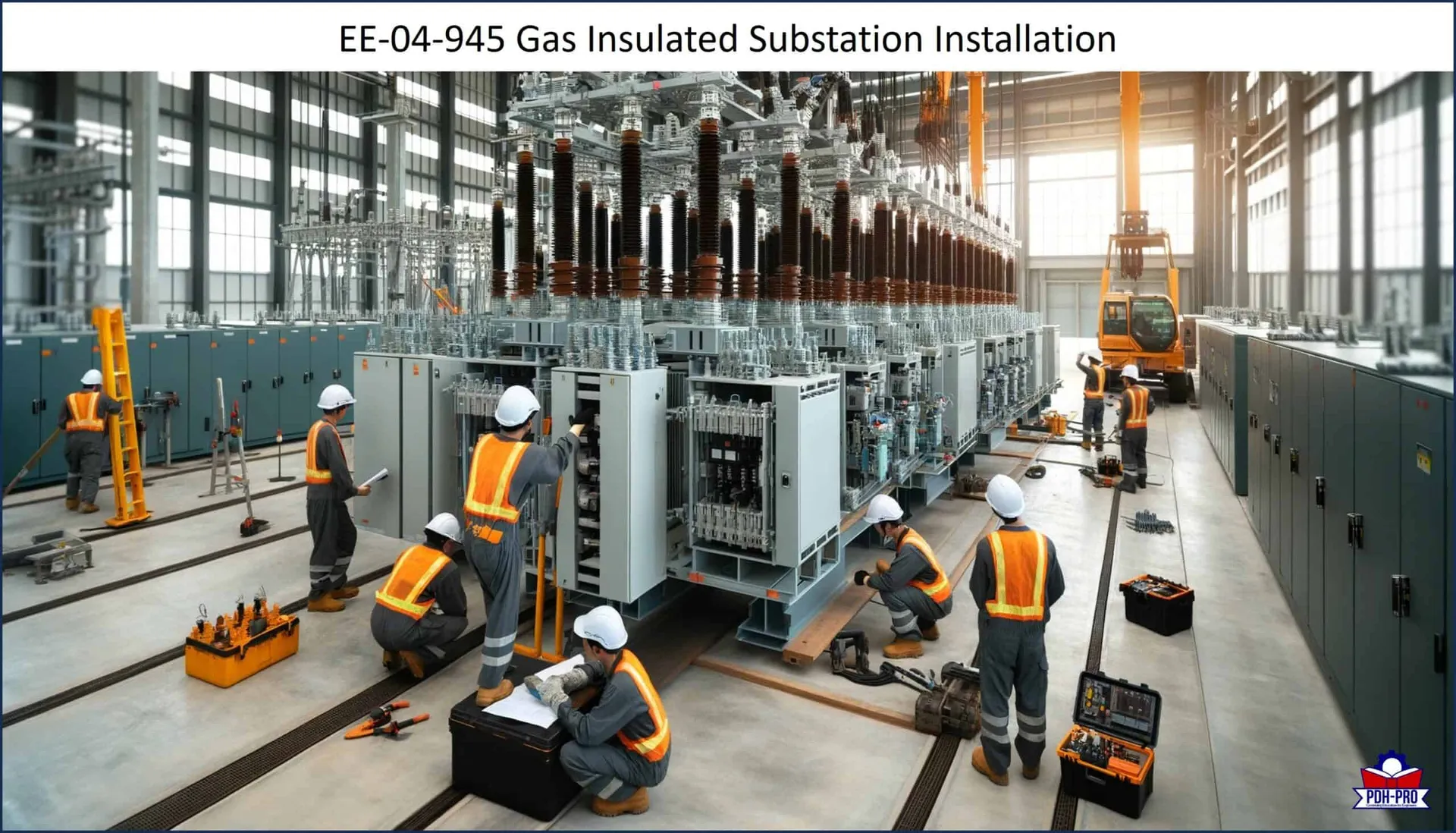
- Home
- Contact Us
- Corporate Solutions
- Webinars
- Packages
- Courses
- Categories
- Live Webinars
- Packages
- Chemical Engineering
- Civil Engineering
- Electrical Engineering
- Petroleum Engineering
- Environmental Engineering
- Geotechnical Engineering
- Mechanical Engineering
- Structural Engineering
- Sustainability
- State Rules and Regulations
- Ethics and Law
- Project Management
- HSSE
- Petroleum Engineering
- Timed & Monitored – Ohio
- On Demand Webinars
- More
Course Modern 2 Columns
Condimentum Cursus Lorem ParturientWastewater Treatment Plants
Wastewater Treatment Plants Package plants are pre-manufactured wastewater treatment facilities typically used to treat flows between 0.01 and 0.25 MGD. This course provides information about three types of package plants: extended aeration, sequencing batch reactor and oxidation ditch systems. General configuration, typical applications for each, advantages and disadvantages, typical performance, and cost are covered. This…
Gas Insulated Substation Control and Monitoring
Gas Insulated Substation Control and Monitoring Author: Velimir Lackovic This course presents an overview of gas monitoring, partial discharge tests, and circuit breaker monitoring. It addresses the topics of bay controllers and control diagrams as well as the fundamentals of gas monitoring, the types of faults that can cause partial discharges and details on partial…
Mechanical Design of Overhead Lines
Mechanical Design of Overhead Lines Author: Velimir Lackovic Electric power can be transferred either by underground cables or overhead lines. The underground cables are not commonly used for power transmission for two main reasons. Power is transferred over long distances to load centers and the installation costs for underground transmission is significant. Secondly, electric power…
Gas Insulated Substation Testing and Applications
Gas Insulated Substation Testing and Applications Author: Velimir Lackovic Testing of gas insulated substation systems is required to ensure the function and safety of the installation design has been achieved. The testing procedures are developed to confirm the technical performance and safe operation of the GIS installation. The main tests used to evaluate GIS installations…
Gas Insulated Substation Installation
Gas Insulated Substation Installation Author: Velimir Lackovic This course provides practical information that has been collected from a number of different GIS projects. The GIS equipment installation is demanding and requires a detailed plan and sequence of work. A proper sequence plan is a basic requirement to provide an efficient work flow and a high…
Operation and Maintenance of a Gas Insulated Substation
Operation and Maintenance of a Gas Insulated Substation Author: Velimir Lackovic This course presents several real life experiences from existing GIS technology that has been in service for a number of years. It describes the nature and sources of defects including their repair and maintenance. It covers routine measurement methods to determine the quality of…





